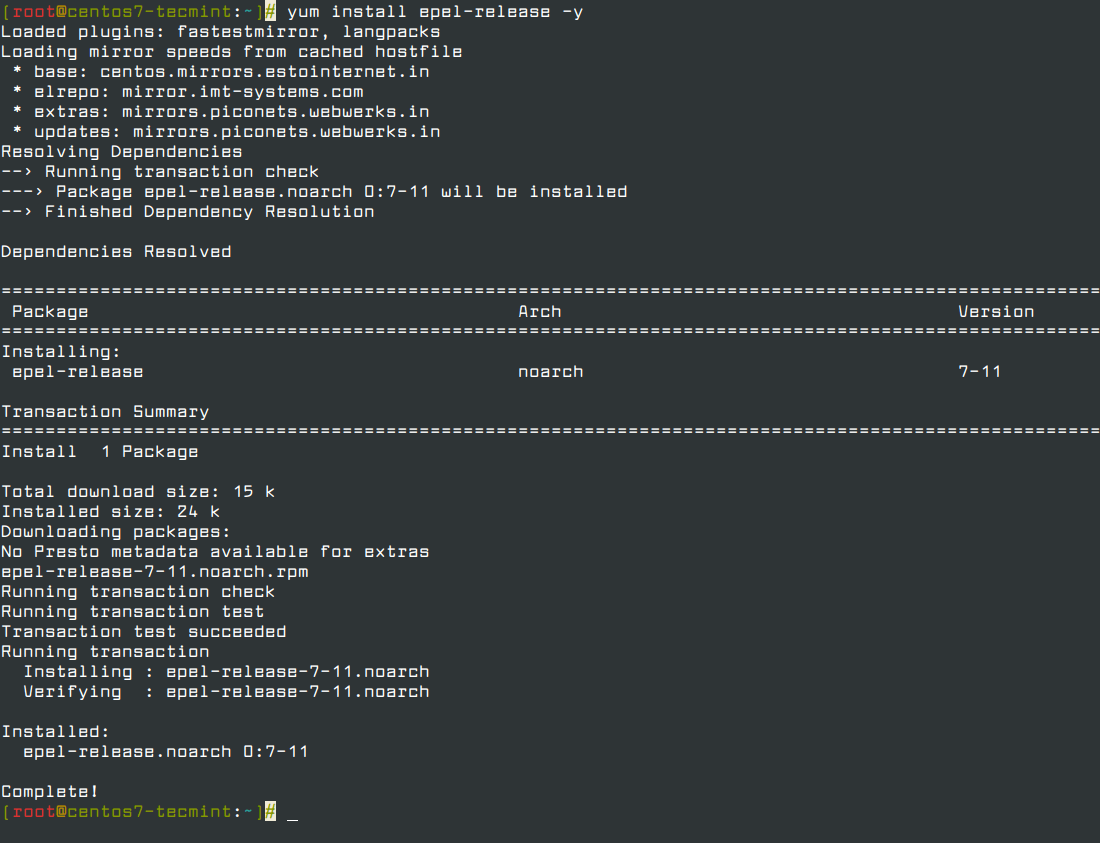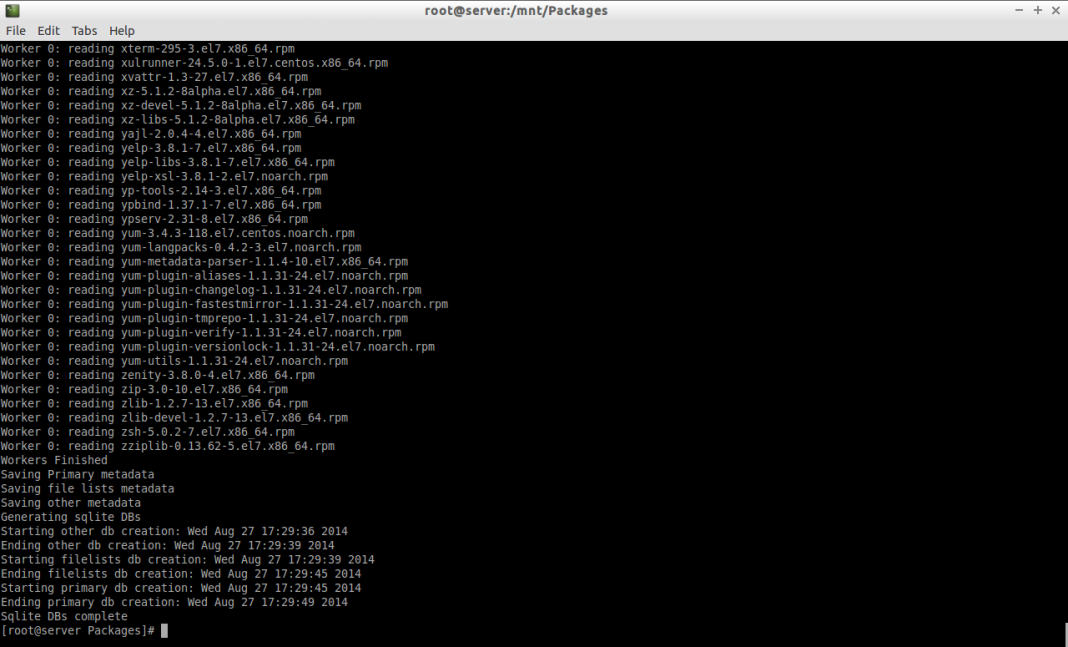
On our clients we edit the CentOS-Base.repo: # vi /etc//CentOS-Base.repoīaseurl=.*.*/centos/$releasever/os/$basearch/ So that we can also find out that new packages are available, we let ourselves be informed by e-mail. # yum install createrepo Configureįinally, we create a cron job which downloads the packages at the selected times: /usr/bin/rsync -avrt rsync:///centos/7/updates/i386 –exclude=debug/ /var/www/html/centos/7/updates/| /bin/mail -s "New updates available" The createrepo package must be installed for this. Next we create the reference of our distribution with: # createrepo /var/www/html/centos/7/os/i386/ The path must of course be adjusted for the 64-bit community. # mkdir -p /var/www/html/centos/7/updates/i386 There we create the following directories: # mkdir -p /var/www/html/centos/7/os/i386 The basic requirement is a running web server on our system. The admin is responsible for the distribution or polling interval of the updates. Updates, addons or extras are automatically downloaded at the selected time and stored locally on the server. Similar to WSUS at Microsoft, Linux offers the option of running its own repo server.

Now everyone can carry out the updates during the night, but this does not avoid the problem of traffic on their Internet line.



Isv_ownCloud_desktop The ownCloud Desktop Client (CentOS_7) 63 * epel: .auĮpel/x86_64 Extra Packages for Enterprise Linux 7 - x86_64 8,935 Loading mirror speeds from cached hostfile In order to disable YUM package repository on CentOS we first need to get a unique repository ID using the following yum command:


 0 kommentar(er)
0 kommentar(er)
